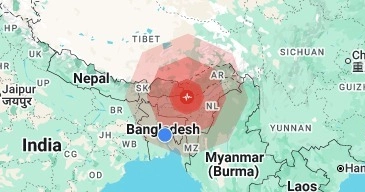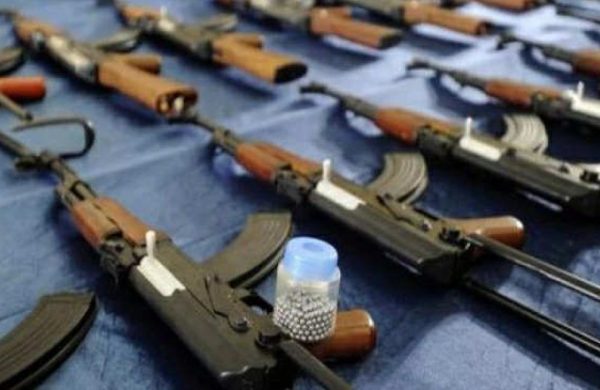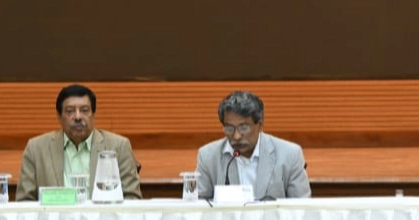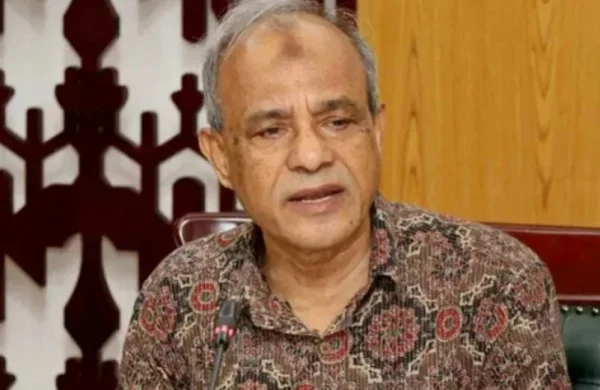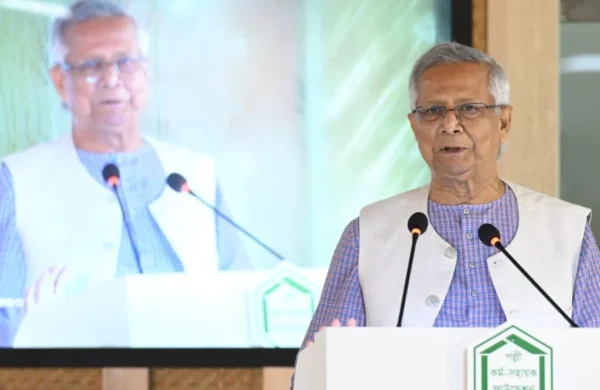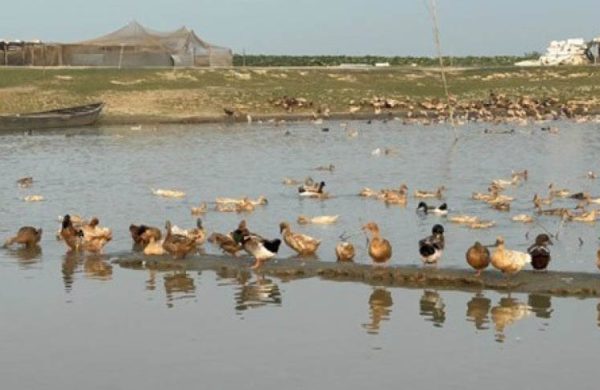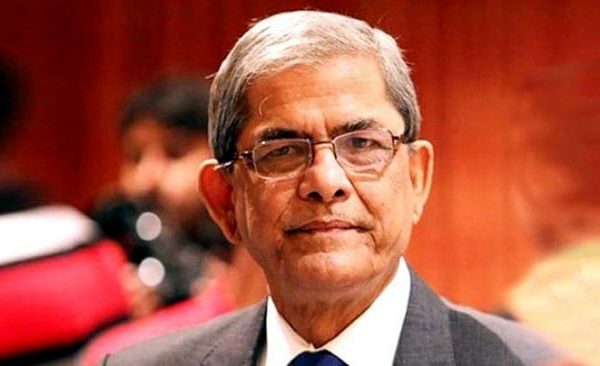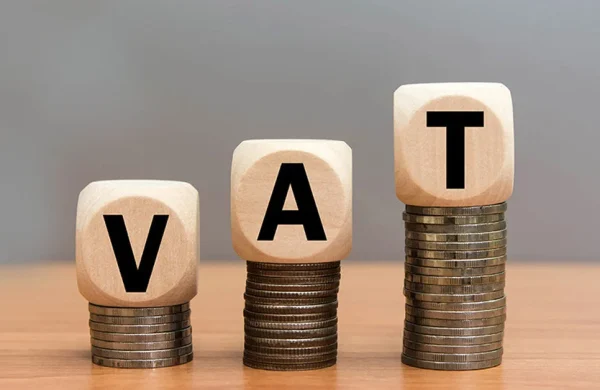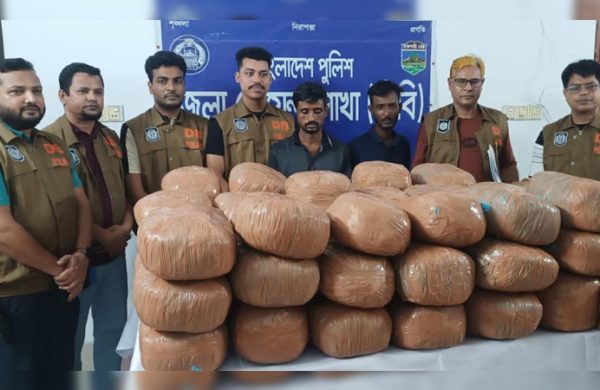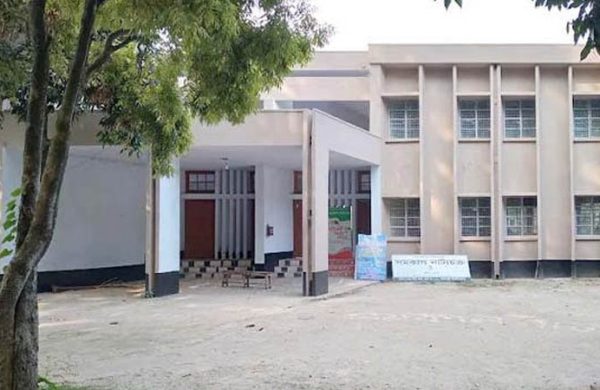One month left to remove unfit vehicles, but owners remain indifferent
- Update Time : Monday, April 28, 2025
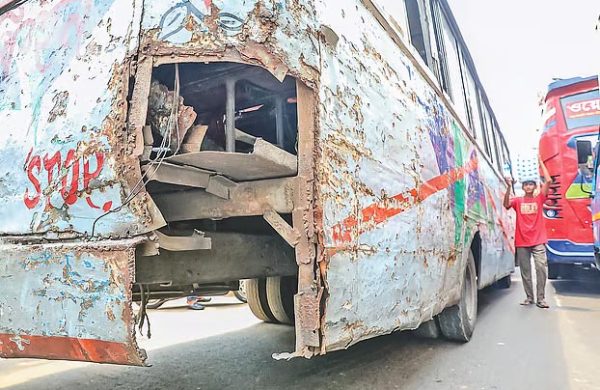
TDS Desk:
The government had initially given a six-month deadline to remove outdated and expired vehicles from the roads, and owners were also promised assistance in obtaining loans to buy new vehicles.
Although the deadline expires in May, vehicle owners have shown little interest in complying.
According to data from the Bangladesh Road Transport Authority (BRTA), more than 75,000 buses, minibuses, trucks, covered vans, and tankers operating across the country—including Dhaka—have exceeded their economic lifespan.
Experts warn that these old vehicles are increasing the risk of accidents and contributing to environmental pollution.
Efforts to remove these unfit vehicles had also been made during the previous Awami League government, which was ousted in the July mass uprising.
But at that time too, vehicle owners resisted. Now again, they are unresponsive. This has raised doubts about how successful the interim government will be in restoring order to the roads.
When contacted, Fouzul Kabir Khan, advisor to the Ministry of Road Transport and Bridges, told journalist that the removal of old vehicles will be enforced within May.
After the deadline, any such vehicle found operating will be seized and destroyed.
He mentioned that a dumping station has been secured in Chattogram, and efforts are underway to set up one in Dhaka.
Fouzul Kabir Khan further said that if transport owners voluntarily remove their old vehicles, the government will assist them in purchasing new ones. They will be provided help in securing loans under relaxed terms. However, if the owners do not act on their own, law enforcement will prevent these vehicles from operating after May.
WHAT ARE THE OWNERS DOING?
After the fall of the Awami League government in the July uprising, an interim government was formed on 8 August. Since then, two meetings have been held to bring order to the transport sector and tackle traffic congestion and air pollution. The first meeting was on 24 October last year, and the second one on 19 December.
Two major decisions were made during the 24 October meeting. First, all vehicles that have exceeded their economic lifespan must have their registrations revoked, be withdrawn from roads, and sent to dumping stations for destruction within six months. Second, arrangements must be made for owners of such vehicles to receive loans on easy terms to purchase new ones.
Sources at the road transport and bridges ministry said that this initiative is being jointly managed by the road transport and bridges ministry and the environment ministry, with involvement from home ministry, the local government ministry, and other departments.
Following the government’s directive, BRTA issued public notices announcing the removal of buses over 20 years old and trucks/covered vans over 25 years old from Dhaka city.
On 16 January, BRTA sent letters to vehicle owners’ associations stating that they should contact the government for loan assistance if needed to replace the old vehicles. Since then, however, BRTA has shown little visible activity on the matter.
Sources at the road transport and bridges ministry have said that the primary responsibility for implementing the decision to remove old vehicles has been assigned to the transport owners themselves.
When asked about the owners’ response, Saiful Alam, Secretary General of the Bangladesh Road Transport Owners’ Association, told journalist that they also support the removal of outdated vehicles. After receiving a letter from the BRTA, he issued instructions to general transport owners through letters and meetings.
He also encouraged them to apply for bank loans or assistance if they needed help purchasing new buses or trucks. However, he admitted there has been little response.
Saiful Alam added that while the government has promised assistance in obtaining bank loans, it would have been better if there were clear directives from Bangladesh Bank on this matter.
Officials at road transport and bridges ministry have warned that unless relevant government ministries act proactively, the effort to remove unfit vehicles from the roads is likely to fail once again, and restoring discipline on the roads will be difficult.
They noted that if the police start seizing old vehicles after the deadline, transport owners and workers may respond by halting bus and minibus services, causing public suffering.
This could lead to owners using public hardship as leverage to pressure the government into reversing its decision.
38pc Of Buses Have Passed Service Life
In May 2023, BRTA issued a directive defining the economic lifespan of buses, trucks, covered vans, and tankers. According to that guideline, the lifespan of a bus is 20 years, and for trucks and covered vans, 25 years.
According to BRTA, there are 76,281 registered buses and minibuses across the country. Of these, 28,761 are more than 20 years old. That means 37.70pc of buses and minibuses have exceeded their service life according to government standards.
Meanwhile, there are 372,174 registered trucks, covered vans, and tankers nationwide, including in Dhaka. Among these, 46,481 are older than 25 years, meaning approximately 12.5pc of these vehicles have exceeded their economic lifespan.
BRTA officials added that many of these expired trucks, covered vans, and lorries are extremely old—some even over 50 years old—and are still in operation.
REPEATED DECISIONS, REPEATED BACKTRACKING
In 2010, the government banned buses over 20 years old and goods vehicles over 25 years old from operating in the capital. The same announcement was repeated several times afterward. In 2015, an executive order was also issued. Yet, the authorities failed to remove these old vehicles from the roads.
In 2023, after the government defined the economic lifespan of vehicles, the BRTA issued a directive in May to remove outdated vehicles. The notice stated the decision would be effective immediately. However, BRTA failed to implement it. Instead, in August of the same year, the directive was withdrawn. It is alleged that the government backtracked under pressure from transport owners.
In June 2023, the Road Transport Division drafted a scrapping policy citing accidents and pollution caused by old vehicles. According to the draft, vehicles beyond their economic lifespan must be destroyed by government-appointed contractors. However, this policy was never finalised.
During the previous government’s tenure, the general secretary of the Road Transport Owners’ Association was Khandaker Enayet Ullah, a vice president of the Dhaka city Awami League. Since 5 August, he has been in hiding. Meanwhile, Shahjahan Khan, president of the Bangladesh Road Transport Workers’ Federation and a member of the Awami League Presidium, is currently in prison.
Together, transport owner and worker organisations often obstructed any effort to make the transport sector safer and more passenger-friendly. They had previously led protests against the decision to ban old vehicles.
According to officials, during the Awami League government, transport owner-worker associations would operate buses and trucks during opposition strikes and blockades, aligning themselves with the government. As a result, the government couldn’t take a firm stance against them. Although the leadership in the transport sector has changed under the new government, efforts to restore order are still receiving little response.
In October of last year, under the new government, the environment ministry sent a letter to BRTA requesting the withdrawal of buses and minibuses over 20 years old, and trucks and covered vans over 25 years old. The letter also asked that emission tests be made mandatory when issuing fitness certificates for old diesel-run vehicles. However, BRTA lacks the necessary equipment to perform emission tests, rendering the letter ineffective.
Environment adviser Syeda Rizwana Hasan told Prothom Alo that after May, vehicles beyond their lifespan will no longer be allowed to operate. She said that both the Department of Environment and BRTA have already started operations against unfit vehicles.
OLD VEHICLES ARE MAJOR SOURCE OF AIR POLLUTION
Under the Clean Air and Sustainable Environment (CASE) project, a 2019 study titled “Sources of Air Pollution in Bangladesh: Condition of Brick Kilns and Vehicles” was published. Funded by the World Bank and implemented by the Department of Environment, the study found that 10.4pc of air pollution in Dhaka comes from vehicles.
The research also showed that 84 per cent of buses and minibuses in Dhaka emit more black smoke than the permitted level. Similarly, 69 per of trucks and 58.8 per cent of light vehicles exceed emission limits. About 60 per cent of motorcycles also pollute above acceptable standards.
According to Switzerland-based IQAir’s Global Air Quality Report, Bangladesh ranked as the second most polluted country in the world in 2024, while Dhaka was the third most polluted city globally.
Another study by the Finland-based Centre for Research on Energy and Clean Air (CREA), published in January, stated that controlling air pollution could prevent 102,456 premature deaths annually in Bangladesh. Of those who die from pollution-related causes, 48 per cent live in Dhaka and Chattogram.
Air pollution researcher and chemistry professor at Dhaka University, Abdus Salam, told Prothom Alo, “No further research is needed—you can clearly see how much black smoke the old buses in Dhaka emit. The older the vehicle, the more it pollutes. A significant portion of air pollution is caused by these old vehicles.”
“This time, the government must not fail. Owners need to be reminded that their families also live in this country and breathe the same air. If they still don’t cooperate, strict action must be taken,” he added.
Sources: Prothom Alo


